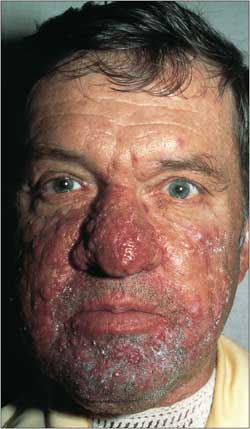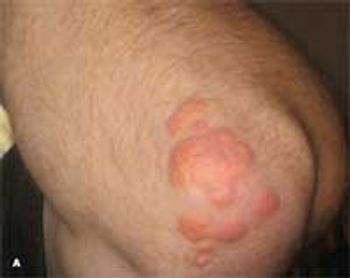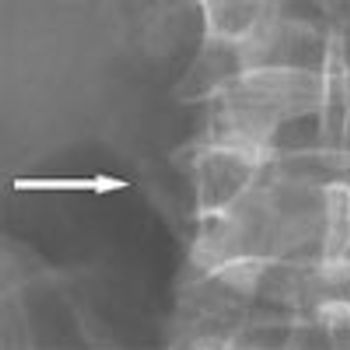
Adults in the United States spent more on medications for diabetes and high cholesterol and other metabolic disorders than on any other class of medications in 2006. Expenditures for metabolic agents totaled $38.1 billion, or 18.3% of total outpatient drug expenditures for noninstitutionalized adults 18 years and older. In all, outpatient drug spending totaled $208.1 billion in 2006. Expenditures for the top 5 therapeutic classes accounted for $130.8 billion, or 62.9% of total expenditures. Findings are from the ongoing Medical Expenditure Panel Survey conducted by the Agency for Healthcare Research and Quality.

















































































































































































































































































